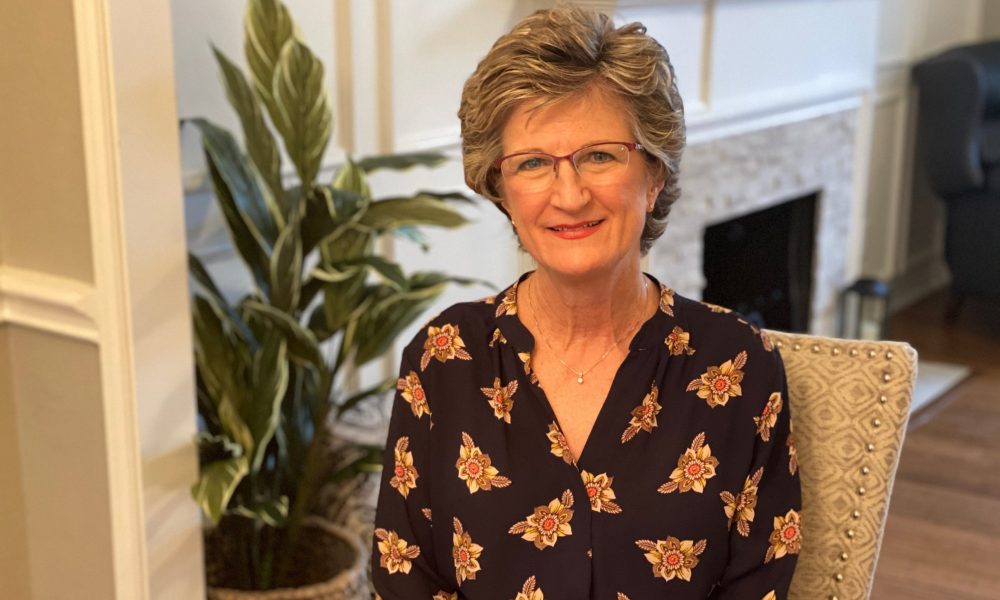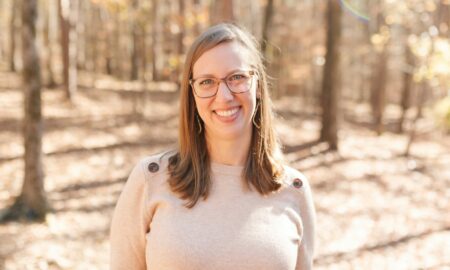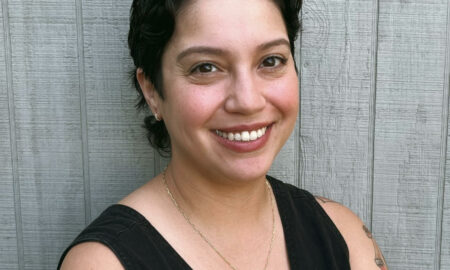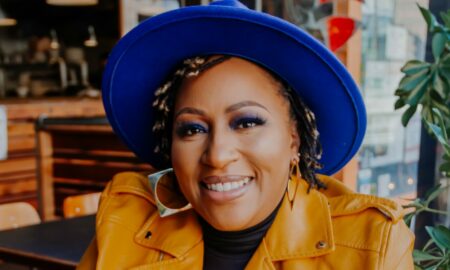

Today we’d like to introduce you to Carla Hysell.
Thanks for sharing your story with us Carla. So, let’s start at the beginning and we can move on from there.
Presbyterian Cancer Center Dallas is in North Dallas but serves cancer patients from all over the metroplex. Some live as far as 1-2 hours from our center.
After earning a Bachelor of Science in Food and Nutrition from Texas Tech University and completing an internship at Touro Infirmary in New Orleans, Louisiana, I began working as a registered dietitian nutritionist (RDN). The undergraduate degree plan is heavy in sciences including biology, chemistry, anatomy & physiology. Then, after successfully completing the coursework, it is difficult to be accepted to a dietetic internship as there are far more applicants than internship slots available. For the last 20+ years, I’ve been fortunate to be able to specialize in oncology nutrition. I am employed by Texas Oncology at Presbyterian Cancer Center Dallas. My role is extremely rewarding. I have the privilege of seeing patients multiple times throughout the course of their treatment and observe the benefits of nutritional intervention. I find cancer patients to be an appreciative population for the help they receive at a time when they feel very vulnerable.
Great, so let’s dig a little deeper into the story – has it been an easy path overall and if not, what were the challenges you’ve had to overcome?
My daily struggle is common to that of oncology dietitian nutritionists throughout the country. There are more patients with nutritional needs than can possibly be seen. In an article that was published in the Journal of Oncology in 2019, a survey revealed that the ratio of RDNs to patients in outpatient cancer care programs is 1:2308. The primary reason for such a ratio is that it is very difficult to obtain insurance reimbursement for nutrition services. Because of this, 77% of centers do not bill for nutrition services and consider nutrition to be a value-added service. This means that the administrative decision-makers at the cancer centers must recognize the value of nutrition status on outcomes of their patients, knowing that it may not be a revenue-generating service.
Please tell us more about your work, what you are currently focused on and most proud of.
Every day I meet with cancer patients who are receiving treatment. This primarily occurs at the time they come for radiation therapy or infusion therapy (chemotherapy and immunotherapy). Since many cancer treatments have side effects that make it challenging to maintain nutritional intake, I’m charged with the goal of teaching them to stay nourished during treatment. Unfortunately, some patients enter the cancer care system in a state of malnutrition before they even begin treatment and there may be a need to delay their treatments until their nutrition status improves.
Malnourished patients have more infection risk, more breaks in treatment, and a greater likelihood of an unplanned hospitalization compared to adequately nourished patients. The ideal nutritional care is to meet with a patient very early in their treatment and help them understand their role in staying nutritionally strong throughout the journey. When I first meet with a patient, we review their usual eating habits. I consider the whole person regarding their family support, financial ability to purchase groceries and energy levels to prepare food. This affects my recommended eating plan and may prompt a referral to a social worker and agencies that may provide assistance.
I am most proud of becoming a Board Certified Specialist in Oncology Nutrition (CSO). I achieved this by proving 2000+ hours of experience with oncology patients and passing a rigorous exam. The credential is held by approximately 800 RDNs in the country and the exam must be repeated every five years to maintain the certification.
We’re interested to hear your thoughts on female leadership – in particular, what do you feel are the biggest barriers or obstacles?
There are far more female RDNs than males. To my knowledge, there is not a significant discrepancy between the treatment and salaries of males and females within the field. However, there are other specialties in the medical field that require less or similar amounts of education and have a higher salary range. My assumption is that this could be influenced by a more mixed-gender employee ratio.




Suggest a story: VoyageDallas is built on recommendations from the community; it’s how we uncover hidden gems, so if you or someone you know deserves recognition please let us know here.

















